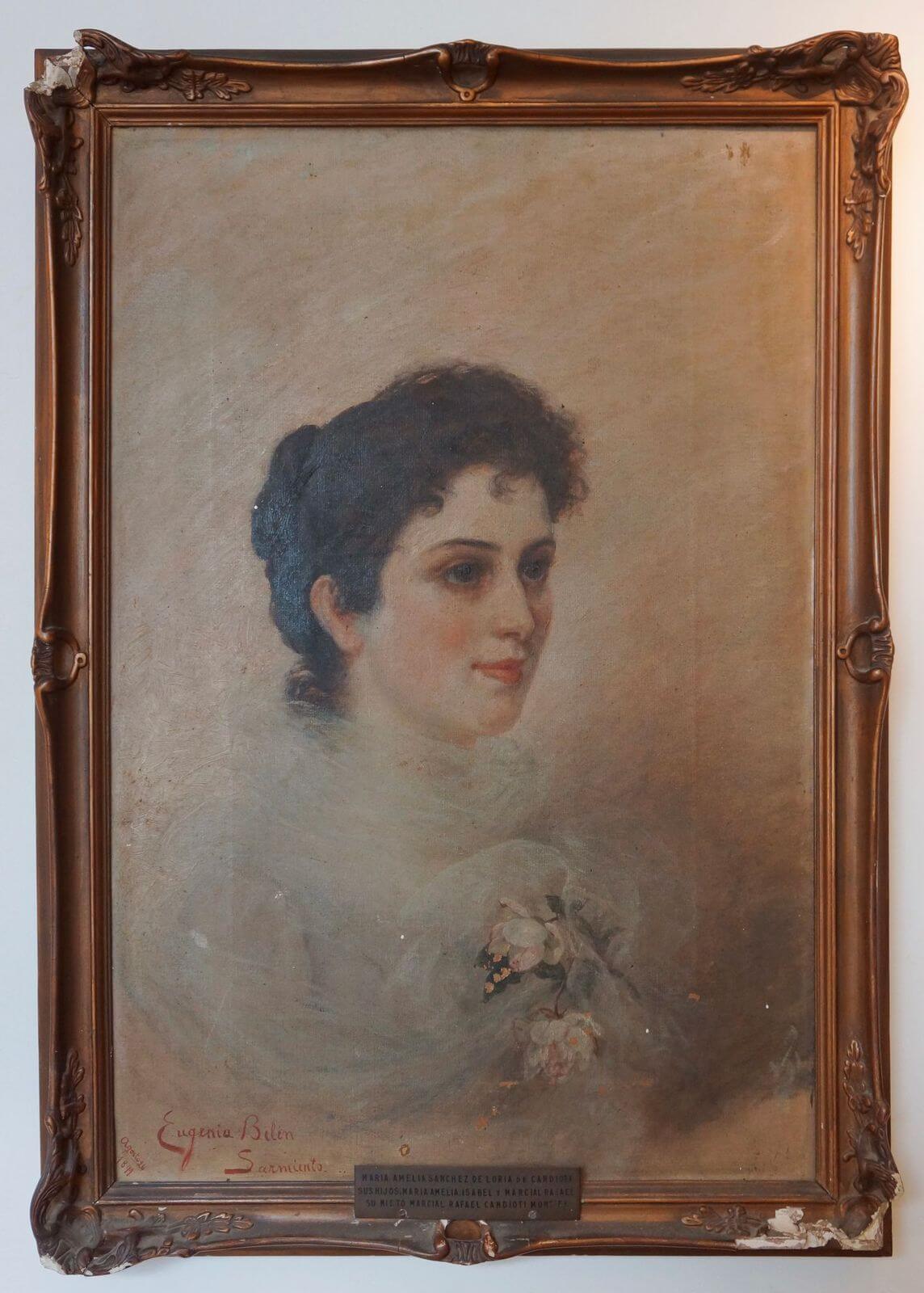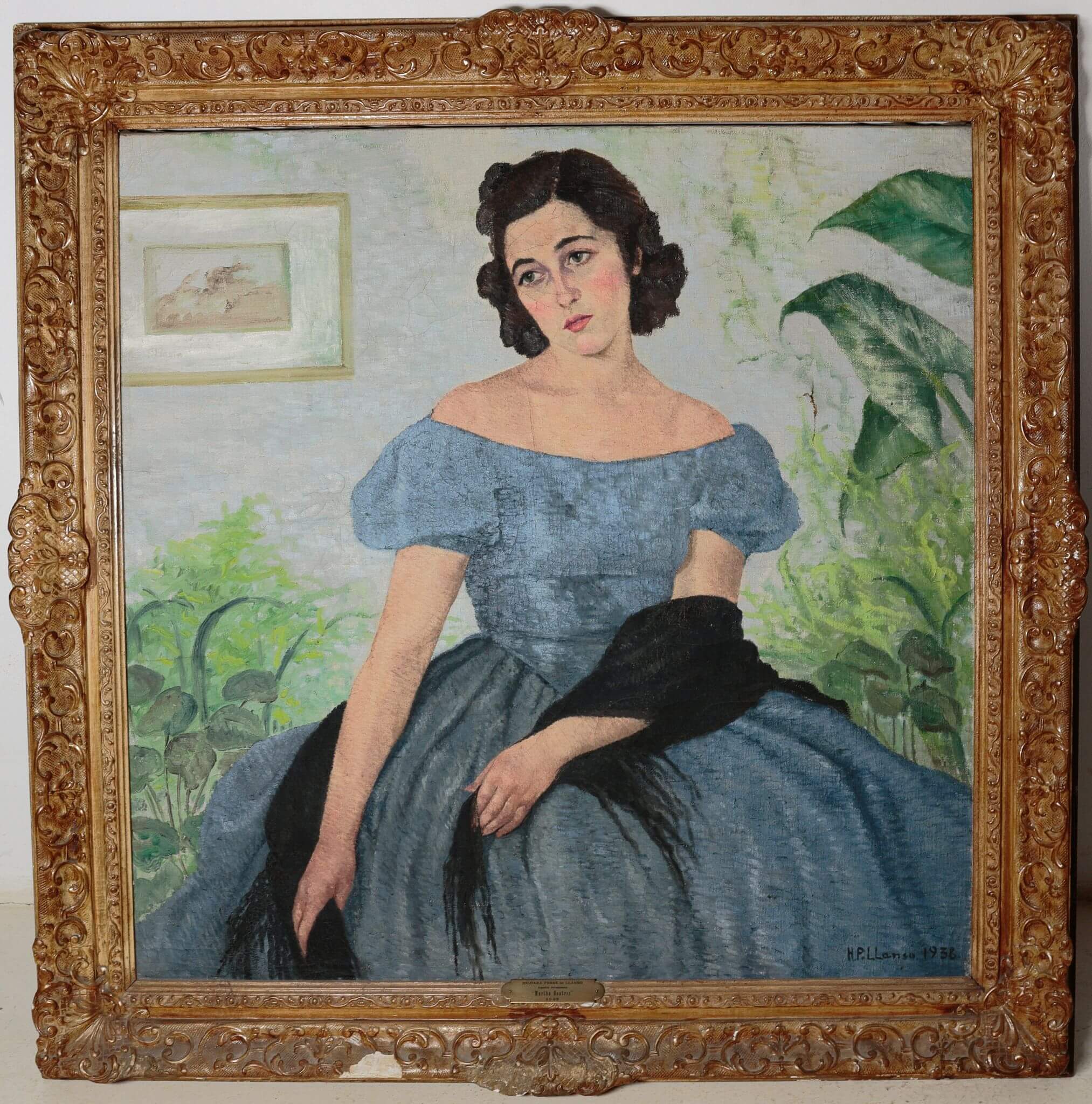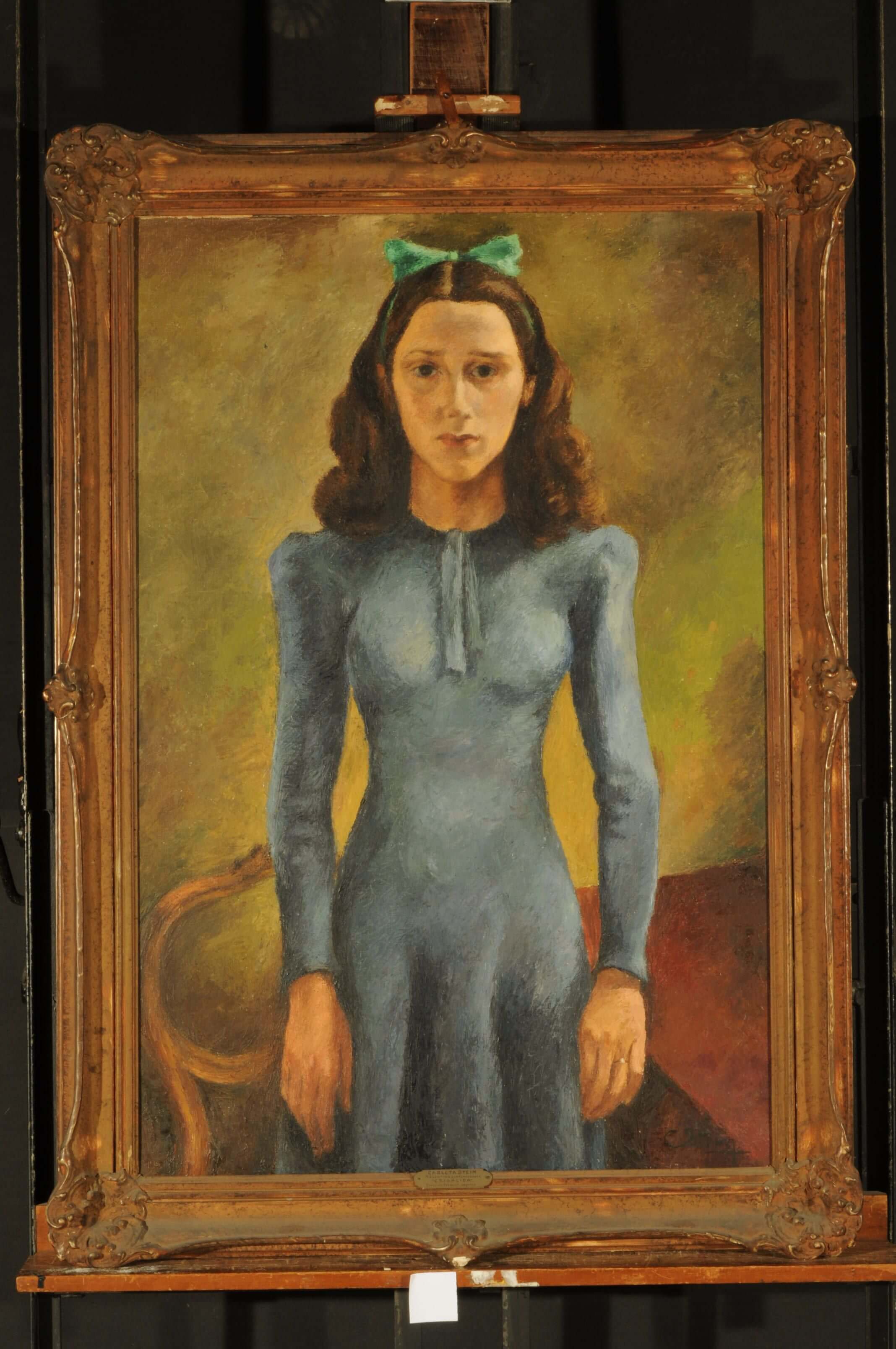From March 25, at the National Museum of Fine Arts, you will be able to see The accidental canon, an exhibition that brings together more than forty forgotten creators and more than ninety works, many of them never seen before. The canon (limited arbitrary selection of model artists) is not the natural result of the evaluation of artistic quality. On the contrary, it is a product of decisions anchored in a patriarchal conception of culture that systematically excludes women creators, which this exhibition aims to begin to repair. Both the concept and the members of the canon have been deeply questioned by feminist critics of art history: its members respond to a precise gender identification. But, the canon is not indisputable: it is political, changeable and even capricious. In short, it is accidental. And we aspire to show it with the exhibition of women's production.
The accidental canon presents a wide selection of works executed by women artists in Argentina between the late 19th and mid-20th centuries. It seeks to examine the paths traveled by women in search of an artistic identity and a way of life, by making their trajectories and their consecration in various fields visible. The accidental canon includes, on the one hand, works by artists with a presence on the margins of art history and, on the other hand, artists today practically unknown, but whose activity earned them the admiration of their contemporaries. All of them went from being at the center of artistic activity to being, at best, mere footnotes to stories in art history.
The category of "women artists" has been fairly debated for decades. It is often said that art has no gender. However, the concrete practices of art and aesthetic choices have been inextricably linked to the genre of female producers, both in its limitations and in its possibilities. Since the late 19th century, women have made their way into the job market, in universities, in politics, and in art. The second half of the last century brought new and unexpected challenges to women, artists or not. But that is another story.
This exhibition, unpublished in the history of the National Museum of Fine Arts, aspires to question the established stories by relocating the artists in this space. Based on careful research, the exhibition features a wide selection of documentation that illuminates the learnings, works, visibility, critical fortune and first-person testimonies of these pioneers of art.
Georgina G. Gluzman
Editor's note: to visit the exhibition virtually, you can click here.


